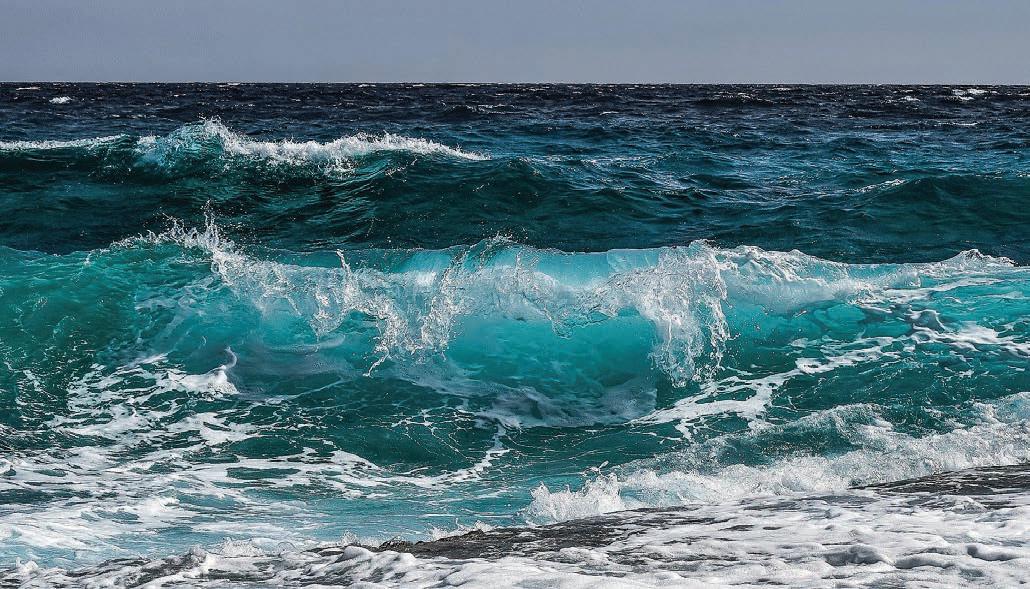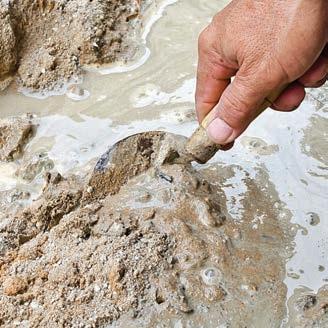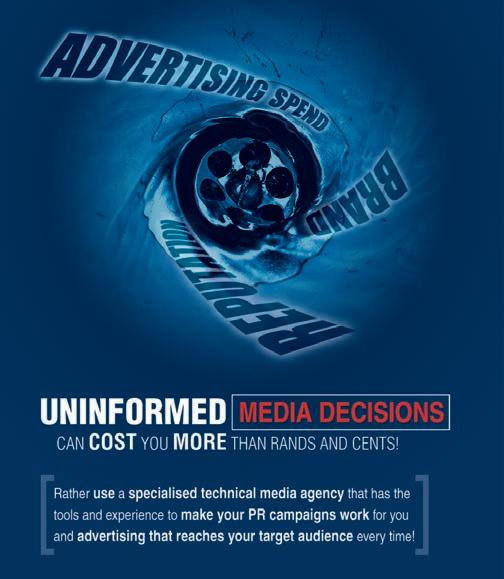
4 minute read
Water quality for concrete manufacturing
With water in short supply in many parts of SA, concrete producers could face increasing pressure to use water from sources other than municipal tap water in future, says John Roxburgh, senior lecturer at the School of Concrete Technology of Cement & Concrete SA (CCSA).
“However, the quality of concrete may be adversely affected by using poor-quality water,” he warns.
He says likely consequences could include: • Alteration of the concrete’s setting times. • Increase in water demand. • Entraining of excessive air. • Changes in the concrete’s strength gain characteristics. • Degradation of the hardened concrete. • Corrosion of the reinforcement in the concrete. • Staining and production of efflorescence.
“Mixing water makes up about 8% of the total mass of concrete, so the proportion
(Top): Seawater may be used for concrete – but only when it will not contain steel reinforcement or other embedded metal.
(Right): John Roxburgh, senior lecturer at the School of Concrete Technology of Cement & Concrete SA (CCSA). of impurities in the mixing water compared with the mass of cement is typically very low. Nevertheless, non-potable water should always be assessed for suitability for use as mixing water in concrete. The limits to the quantities of impurities in the water should be checked against the requirements of the SA National Standards’ SANS 51008, which contains specifications for sampling, testing and assessing the suitability of water for concrete production,” says Roxburgh.
He cautions that when assessing the suitability of water of unknown quality, both the composition of the water and the proposed application of the concrete should be considered. In general, the suitability of water for concrete depends on its origin. The following types could be encountered:
Potable water is suitable for use in concrete and needs no testing.
Water recovered from processes in
the concrete industry will normally be suitable, but must conform to SANS 51008.
Water from underground sources
may be suitable, but must also be tested and assessed in accordance with the requirements of SANS 51008.
Natural surface water and indus-
trial waste water may be suitable for use in concrete, but this, too, requires testing in terms of SANS 51008.
Seawater or brack-
ish water may be used for concrete that will not contain steel reinforcement or other embedded metal. For concrete with steel reinforcement or embedded metal, the permitted total chloride content in the concrete is the determining factor.
Sewage water is not suitable for use in concrete.
Concrete enemies
“Some common substances deleterious to concrete and found in water are chlorides, sulphates, acids, alkalis, humic matter, oil, algae, sugar and detergents. There are many more and SANS 51008 should be consulted,” says Roxburgh.
“Water for use in concrete must conform to the requirements for preliminary assess-
ment and for chloride, sulphate and alkali contents. The water must also conform to either the chemical requirements for harmful contamination or the requirements for setting time and compressive strength.
“The sulphate content of the water mustn’t exceed 2 000mg/L. This limit should always be assessed with regard to sulphate content within the aggregate and cement. If alkali-reactive aggregates are to be used in the concrete, the water must be tested for its alkali content. If high, the water may be used only if it can be shown that actions have been taken to prevent deleterious alkali-silica reactions,” he explains.
Important tests
Regarding harmful contamination, initial qualitative tests for sugars, phosphates, nitrates, lead and zinc must be carried out. If the qualitative tests are not performed or show a positive result, either the quantity of the substance concerned must be determined or tests for setting time and compressive strength be performed.

(Above): Poor-quality water could aff ect the quality of concrete, says CCSA.
“The initial setting time obtained on specimens made with the unknown water shouldn’t be under an hour and shouldn’t diff er by more than 25% from the initial setting time of specimens made with distilled or de-ionised water. The final setting time shouldn’t exceed 12 hours, nor should it diff er by more than 25% from the fi nal setting time obtained on specimens made with distilled or de-ionised water.
“The mean compressive strength at seven days of the concrete, or mortar specimens prepared with the water, must be at least 90% of the mean compressive strength of corresponding specimens prepared with distilled or de-ionised water,” advises Roxburgh.
Proper testing
When sampling water, volumes of at least fi ve litres must be used, taking the possible eff ects of seasonal fl uctuations into consideration. The water must be tested within two weeks of sampling.
“SANS 51008 also provides methods for the tests required, applicable frequencies for testing and detailed requirements for the use of water recovered from processes in the concrete industry,” says Roxburgh.













